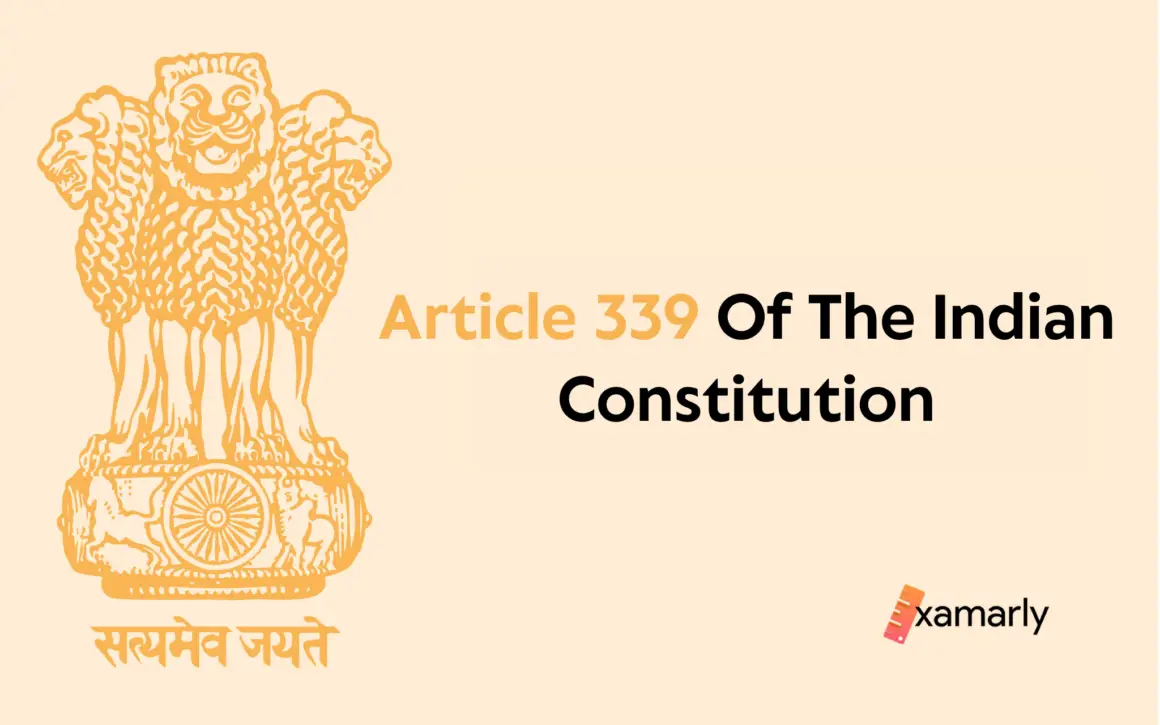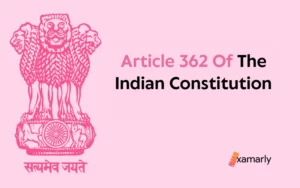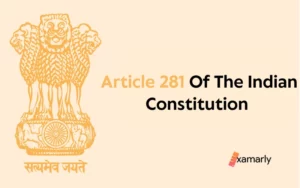Article 339 of the Indian Constitution deals with the oversight and management of the Union Government in regards to the administration of areas designated as “Scheduled Areas” and the well-being of “Scheduled Tribes” living in those areas.
Let us dive deep to have a thorough understanding of Article 339 of the Indian Constitution.
- Article 339 Of The Indian Constitution – In Detail
- Summary
- FAQs Around Article 339 Of The Indian Constitution
- What is the purpose of Article 339 of the Indian Constitution?
- Who are the Scheduled Tribes?
- What are Scheduled Areas?
- What is the role of the Union Government in Scheduled Areas?
- What powers does the Union Government have in Scheduled Areas?
- How are laws and policies for Scheduled Areas formulated?
- How does the Union Government ensure the welfare of Scheduled Tribes in Scheduled Areas?
Article 339 Of The Indian Constitution – In Detail
Scheduled Areas & Scheduled Tribes are given special provisions by the Union Government under Article 339 of the Indian Constitution:
1. The President can appoint a Commission at any time to report on how Scheduled Areas are run and how Scheduled Tribes in the States are doing. He or she must do this 10 years after the Constitution is ratified.
The order can say who is on the Commission, what powers it has, and how it works, as well as anything else the President thinks is important or helpful.
2. The Union’s executive power includes telling a state how to make and carry out plans that are necessary for the welfare of the Scheduled Tribes in that state.
Summary
Article 339 of the Indian Constitution constitutes of the special provision that authorises the Union government of running Scheduled Areas and making sure the Scheduled Tribes who live there are taken care of.
You Might Also Like To Read: Article 338 Of The Indian Constitution.
FAQs Around Article 339 Of The Indian Constitution
What is the purpose of Article 339 of the Indian Constitution?
Article 339 of the Indian Constitution is a constitutional provision that deals with the composition and powers of the Union Government being responsible for monitoring the implementation of laws and policies for the welfare of the Scheduled Tribes in the specified Schedule Areas.
Who are the Scheduled Tribes?
Scheduled Tribes are groups of people who have been historically disadvantaged and marginalised in India.
They are officially recognised by the Indian government as “scheduled tribes” and are eligible for special provisions & affirmative action measures such as quotas in government jobs and educational institutions.
What are Scheduled Areas?
Scheduled Areas are areas designated by the Indian government where certain provisions of the Indian Constitution are applied to provide for the welfare of the Scheduled Tribes living in those areas.
These areas are typically located in remote and underdeveloped regions of the country and have a significant population of Scheduled Tribes.
What is the role of the Union Government in Scheduled Areas?
The Union Government has the responsibility for the administration and management of Scheduled Areas.
It is responsible for ensuring the welfare and development of the Scheduled Tribes living in these areas and implementing laws and policies to protect their rights and interests.
What powers does the Union Government have in Scheduled Areas?
The Union Government has the power to make laws and policies for the administration and development of Scheduled Areas.
It also has the power to appoint officials to administer these areas and to take action against those who violate laws and policies intended to protect the rights and interests of the Scheduled Tribes living in these areas.
How are laws and policies for Scheduled Areas formulated?
Laws and policies for Scheduled Areas are formulated by the Union Government in consultation with the states and Union Territories where the Scheduled Areas are located.
They are also formulated in consultation with the representatives of the Scheduled Tribes living in these areas.
How does the Union Government ensure the welfare of Scheduled Tribes in Scheduled Areas?
The Union Government ensures the welfare of Scheduled Tribes in Scheduled Areas through various measures such as affirmative action, allocation of resources for development, and implementation of laws and policies to protect their rights and interests.
The Union Government also works in collaboration with the state and local governments and non-governmental organisations to ensure that these measures are effectively implemented.






